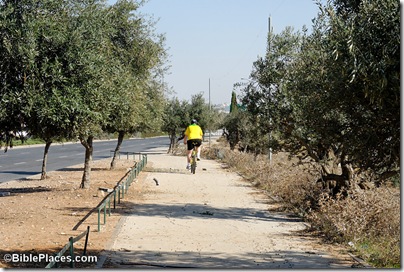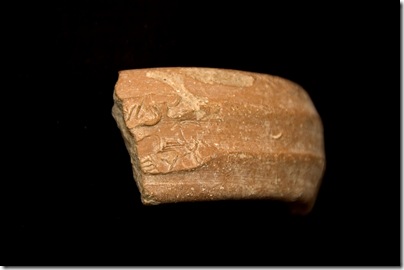Arutz-7 reports on an up-coming bike ride in Israel:
From September 21-27, 2008, athletic tourists will be able to visit and tour the country in a unique style: Bicycling their way through the upper Galilee and the Golan Heights on the Jewish National Fund’s first annual Bike Ride Mission to Israel. “Participants will traverse over 200 miles of breathtaking terrain,” the JNF literature announces, “during four days of fully supported riding (all ability levels are welcome), and will be rewarded with exclusive accommodations at the 5-star Mitzpe Hayamim Hotel and Spa and The Carmel Forest Spa Resort.” The bicycle tours will include stops in towns, army bases, and JNF sites such as security bypass roads, forests, and nature reserves. The participants will also hear talks from public officials and IDF officers, will learn about Israel’s water problems and the JNF’s efforts and successes in solving them, and will take part in rafting and wine-tasting activities. The cost: $3,600 per rider (double occupancy), not including airfare. Participants can either bring their own bicycle or rent one here…. For more information on the bike mission, visit www.jnf.org/bikeisrael.


